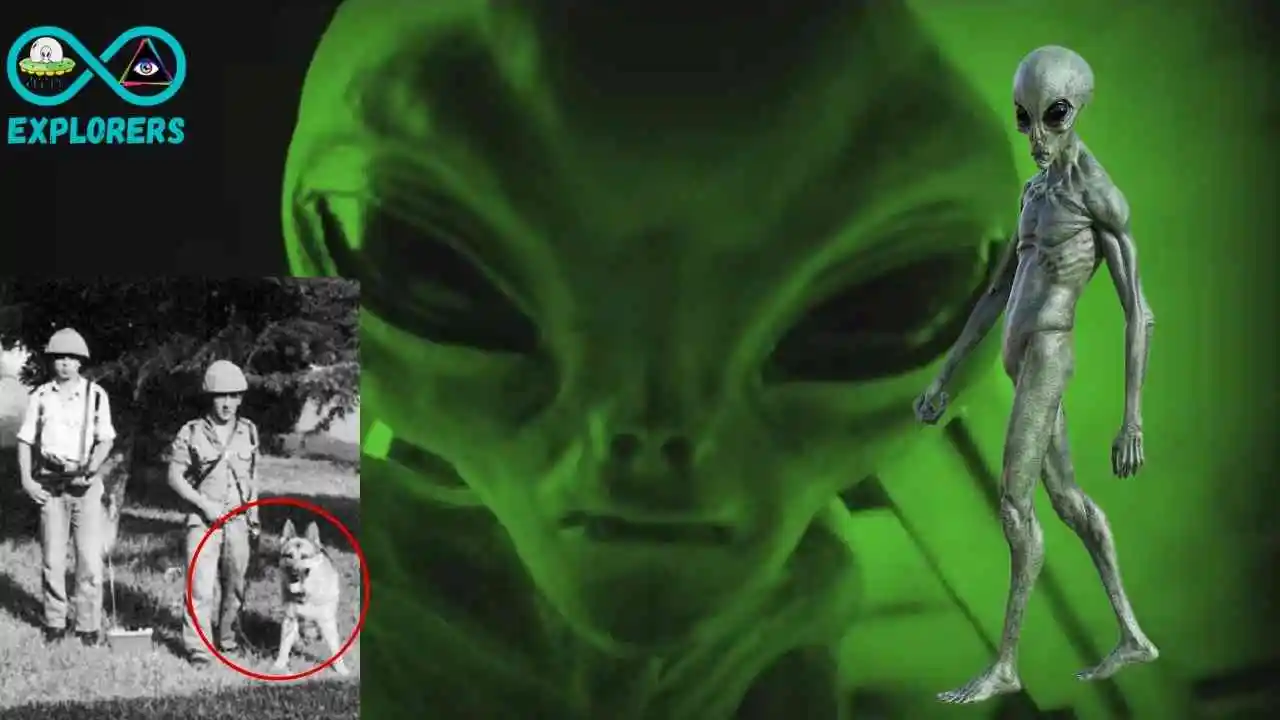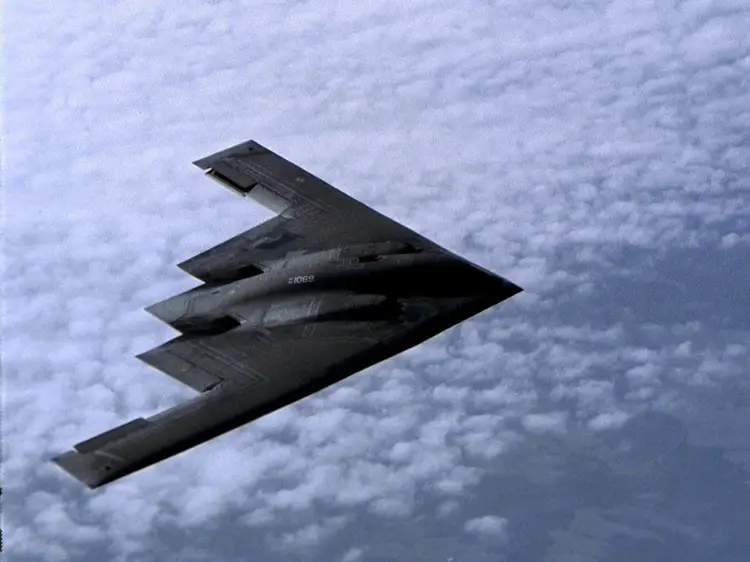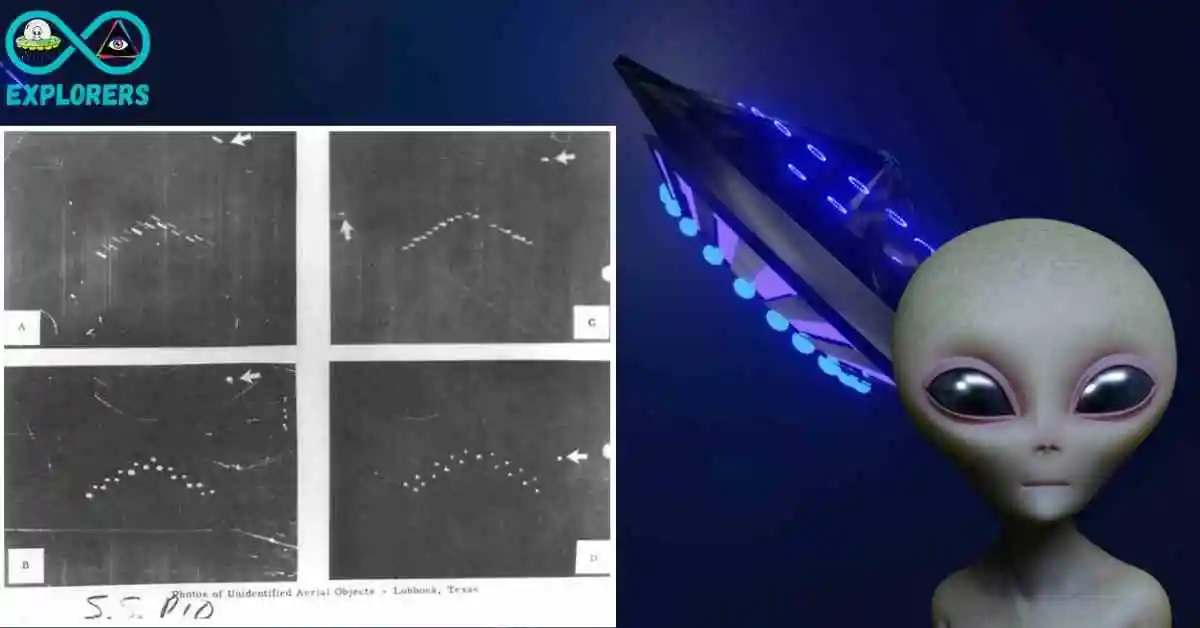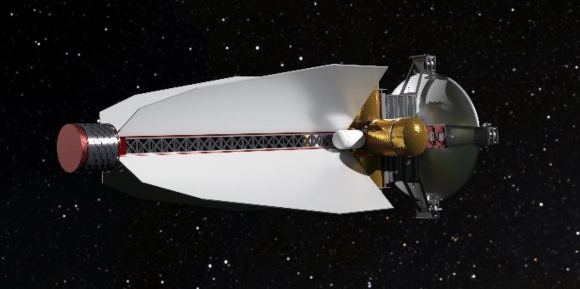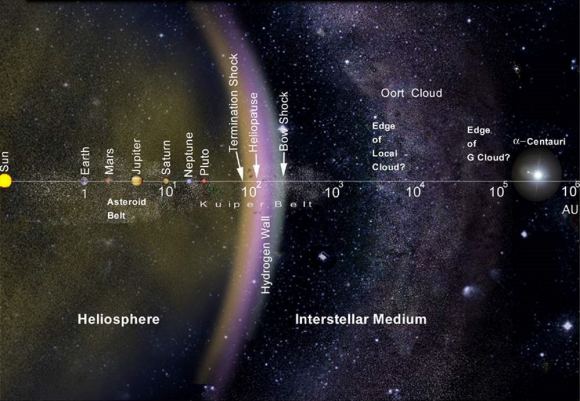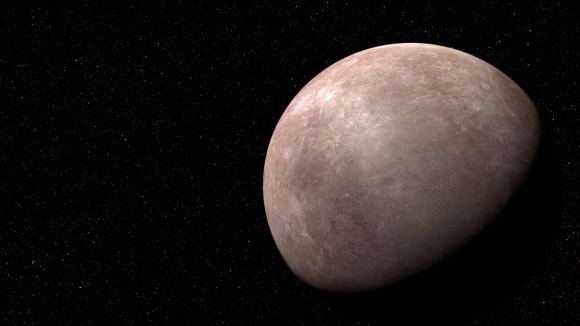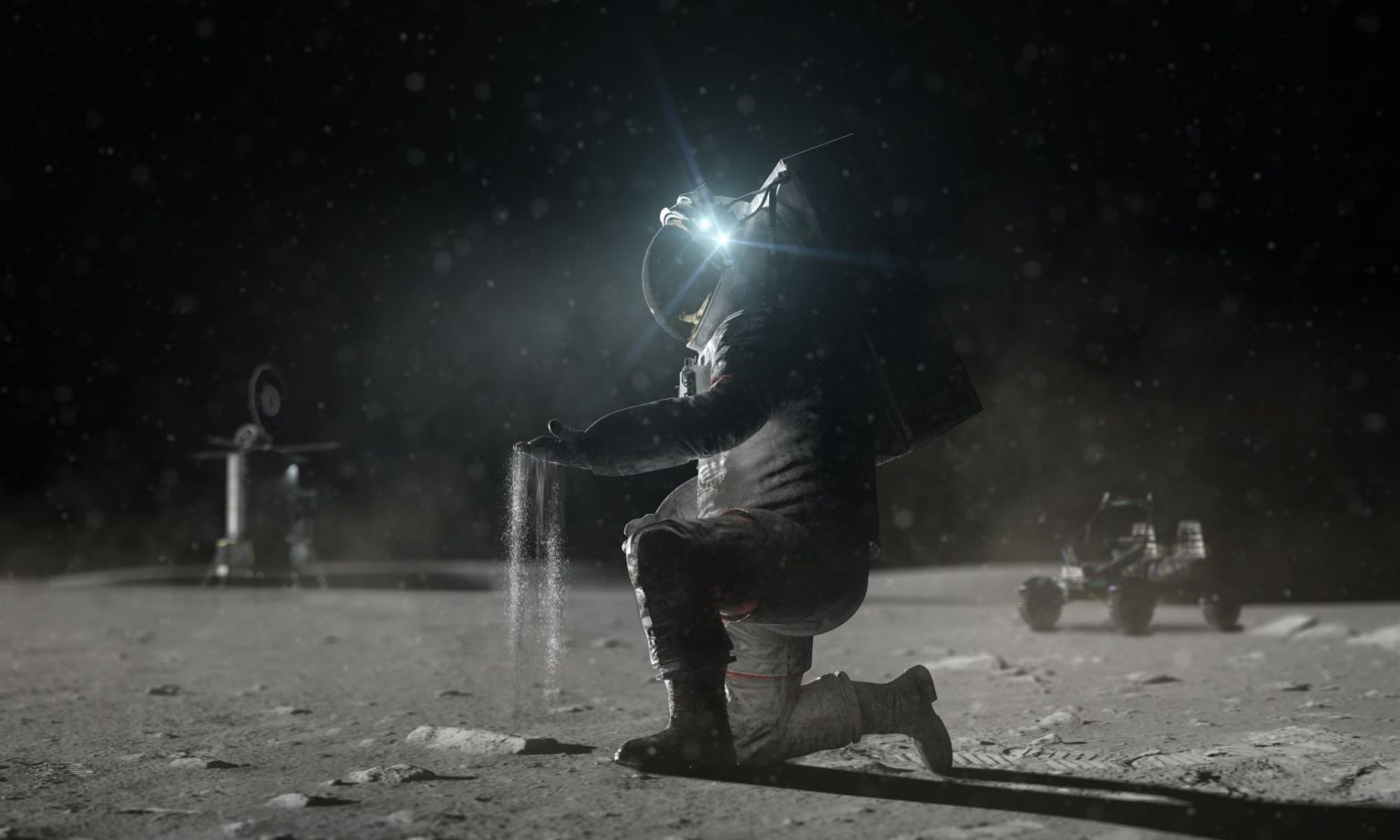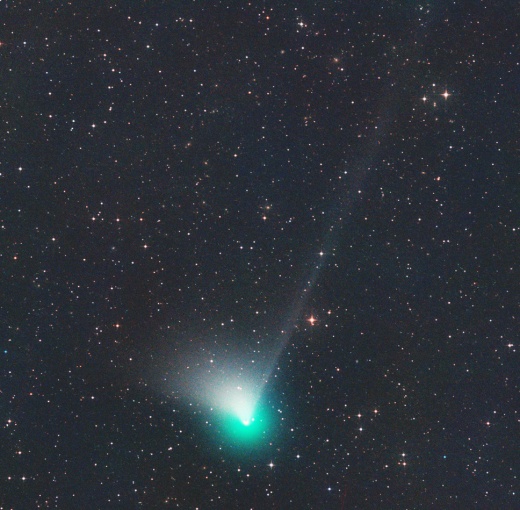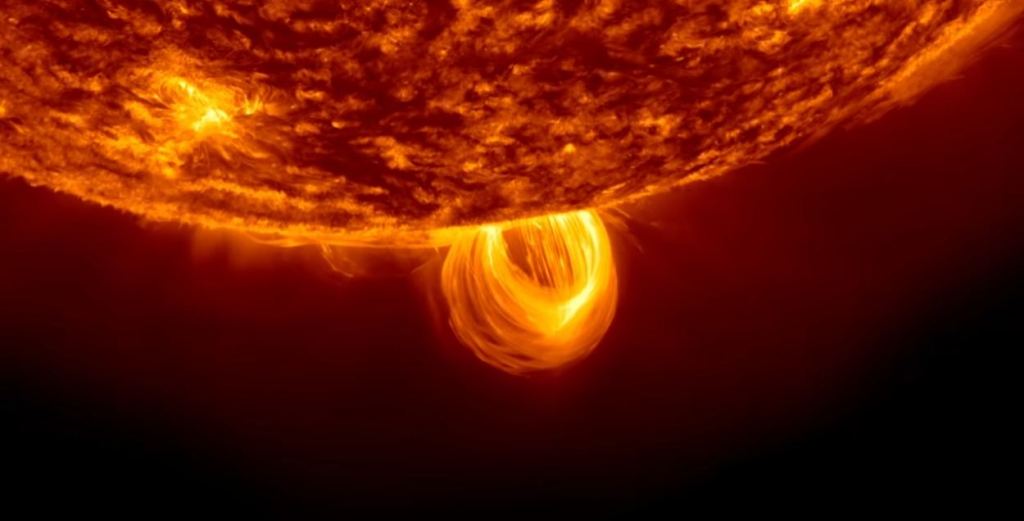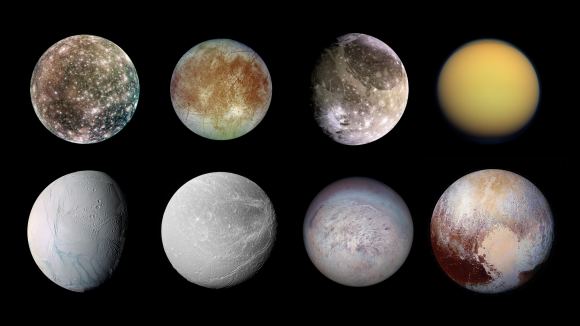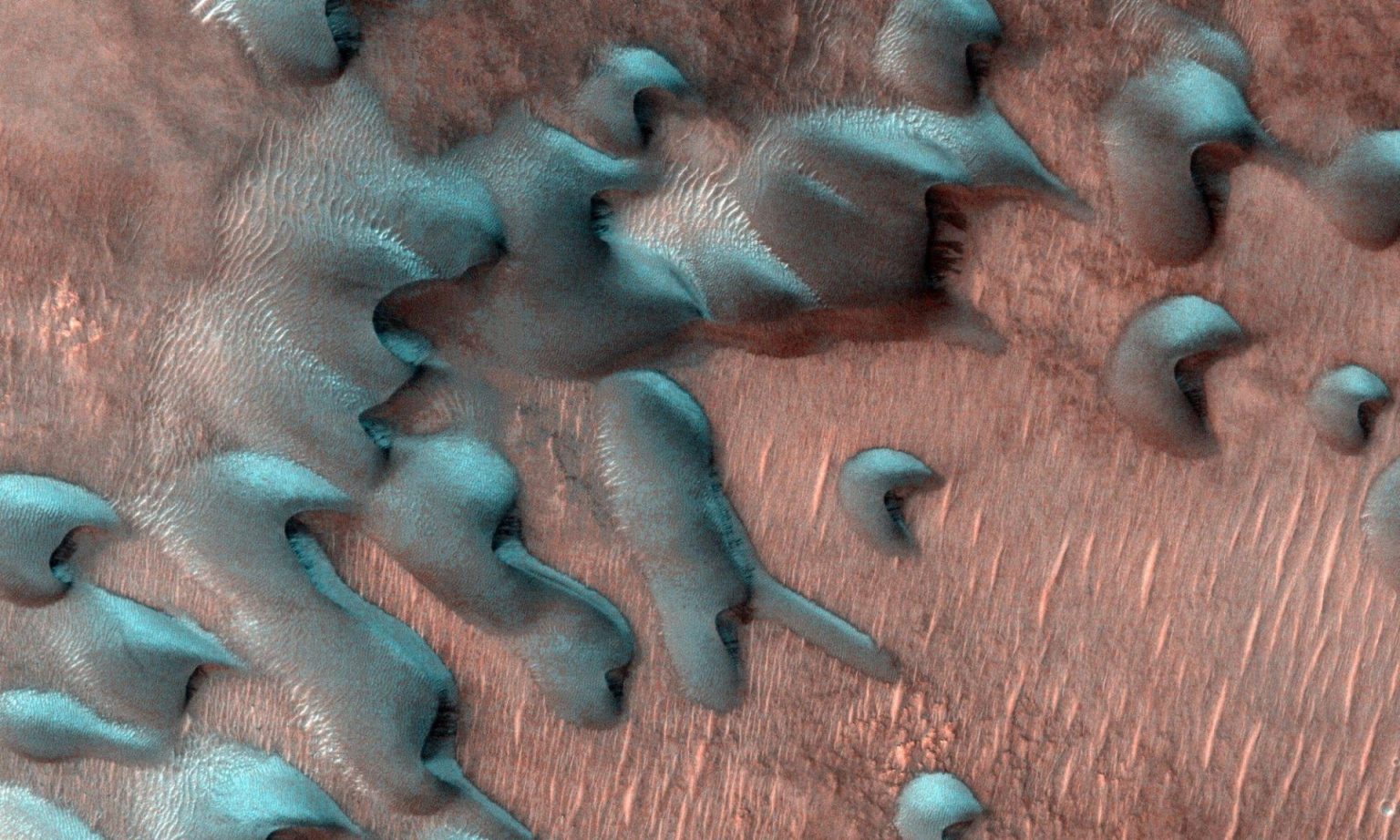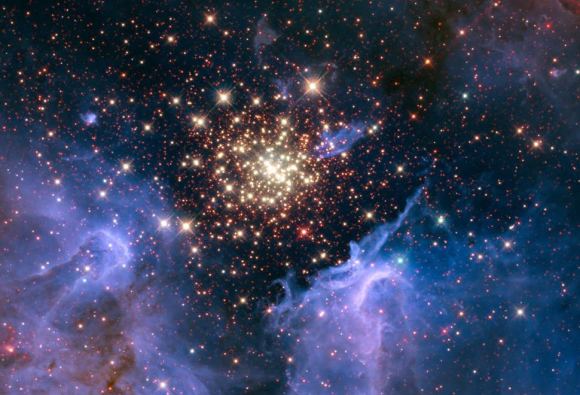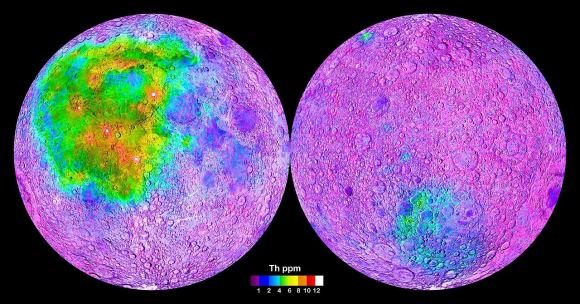Greek sailor Polycarp Spentzas, a radio operator aboard the Pothiti SWJC, had a strange and unforgettable Bermuda Triangle UFO Encounter experience in 1978. In the infamous Bermuda Triangle, no less. But he certainly wasn’t the only person to observe these strange Bermuda Triangle UFO occurrences in recent decades. Over the years, there has been a multitude of strange, unexplained, and disturbing occurrences in that famous area between Bermuda in the north, the Bahamas in the south, and Miami Florida in the west – including the disappearance in 1945 of the famous squadron of US Avenger aircraft, Flight 19, and a subsequent…
Author: t1205
The Badajoz UFO incident is one of the weirdest UFO incidents in Spanish history, as it is connected to the air force of the country. The episode became known as the “Green Man of Talavera la Real” after two Spanish soldiers, José Mara Trejo and Juan Carrizosa Luján, reported to have seen and shot an unidentified creature. On November 12, 1976, at approximately 1:45 p.m. local time, José Maria Trejo and Juan Carrizosa were on duty (each in their own booth approximately 60 meters apart) in the Talavera la Real airbase’s so-called fuel zone (Badajoz, Spain). They were suddenly startled by a strange…
A US Navy warship was stalked by two car-sized UFOs balls of light that were unaffected by anti-drone weapons. Illustrative image. The USS Kearsarge is the latest ship to have had an encounter with what is now called UAPs (Unidentified Aerial Phenomena). According to documentary filmmaker Dave C. Beaty—who produced the 2019 film The Nimitz Encounters about the famous 2004 incident with the “Tic Tac” object—this latest sighting was reported just a few months ago, in October 2021. At least two objects are said to have lurked near the 40,500-tonne amphibious assault ship for several nights as it conducted a training exercise off…
In the field of Ufology, Flying Triangles are one of the more interesting mysteries. They are huge, triangular, and nearly always black in colour. The Stealth Fighters and Bombers of the late 1980s were almost similar to them. It is believed by many ufologists and aircraft experts that these Flying Triangles are built by humans and not aliens because of their striking resemblance to our stealth planes. Moreover, several experts believe that they could be locked away in places like Area 51. Still, there is an additional factor that many individuals have missed out on, or they may not be…
In 1951, a series of unexplained UFO sightings happened in Texas on a number of different evenings, which were reported by a large number of people. Project Grudge studied the intriguing incident. The incident is popularly known as the Lubbock Lights UFO incident. The most famous of a renowned and controversial sequence of sightings of strange airborne phenomena occurred about 9:10 p.m. on August 25, 1951, in a backyard in Lubbock, Texas. Three Texas Technical College professors were the watchers, and their discussion on micrometeorites was abruptly cut short by the arrival of a fast-moving, semicircular formation of 20 to…
Countless stories of the Bermuda triangle surface on the internet and each story encompasses mysterious circumstances. Several ships and aircrafts carrying passengers vanished into thin air and were never to be found again. The ships remained untraceable and in a few cases, the disappeared objects are discovered from far away places leaving no passengers as if the ships were suddenly flowing after a long time to immerse into the deep sea. Other than Bermuda Triangle, there are several other mysterious places in the world that have gained a reputation due to the strange phenomenon occurring in and around such places.…
If we ever detect an Extraterrestrial Civilization (ETC) and start communicating with them, the messages could take years, decades, or even centuries to travel back and forth. We face a challenging 49-minute long delay just communicating with the Juno spacecraft orbiting Jupiter, and that’s well within our Solar System. Communicating with an ETC that’s hundreds of light-years away or even further is a daunting task. It’s even worse if we’re sending probes. Imagine if a robotic probe arrived in our Solar System, sent by an ETC. They detected us and sent their probe to introduce themselves and learn more about…
Despite everything astronomers have learned about the nature and structure of galaxies, there are still mysteries about the Milky Way. The reason for this is simple: since we are embedded in the Milky Way’s disk, we have difficulty mapping it and observing it as a whole. It’s also very challenging to observe the center of the galaxy, what lies beyond it, and features in the disk itself because of all the gas and dust between stars- the Interstellar Medium (ISM). However, by observing the Milky Way in the non-visible spectrum (radio, x-ray, gamma-ray, etc.), astronomers can see more of what’s…
The James Webb Space Telescope is the most powerful telescope ever launched into space. That power has led to a string of observational successes: ancient galaxies, obscured star-forming regions, and an exoplanet atmosphere. Now the telescope has identified its first exoplanet, and it’s a rocky planet the same size as Earth. The planet is named LHS 475b, and it’s about 41 light-years away. NASA’s TESS (Transiting Exoplanet Survey Satellite) first found indications that the planet was there, but those were only hints. Now the JWST has confirmed it. The research team that found LHS 475b is led by Kevin Stevenson…
Clusters of galaxies do not appear in an instant. Instead they gradually form through the accumulation of many galaxies. But when galaxies fall in they don’t just stop moving. Instead, they keep moving around. These are called backsplash galaxies, and astronomers are using them to help understand the formation history of their home clusters. Clusters of galaxies are the largest gravitationally bound structures in the universe. They slowly emerge over the course of billions of years by gravitationally attracting any nearby galaxies (plus plenty of other matter). Those galaxies then fall into the cluster, but due to their incredible speeds…
Cradling the baby she never knew was growing inside her, 13-year-old Charlotte Maddox still cannot believe she is a mum. For months after sleeping with a boy of 15, she dismissed fleeting ᴘᴀɪɴs as a tummy bug and thought she was “a bit podgy” because of overeating. Her parents noticed nothing unusual. Then, two weeks ago, racked in ᴘᴀɪɴ, Charlotte went into labor with baby Sophie, and at last the astonishing truth dawned. She said, “I was screaming in ᴘᴀɪɴ and shouting, ‘I’ve got to push something, it’s coming! That was the first time I realized I was pregnant and…
For childbirth, the mother from England contacted the photographer. When she first saw her daughter’s face, the woman realized that the girl foresaw the approach of global problems. Her displeased expression is a prophecy that has come true. Stacey Leeming, from Preston, England, is a 33-year-old mother of three who was expecting her fourth child in 2018. This time, the woman knew that she would no longer want to have children, so she decided to make the last birth perfect. At the hospital, Stacey created a pleasant environment for herself by playing Lana Del Rey songs in the background. The…
A mother with a rare condition called uterus didelphys has given birth to twins, with one baby growing in each of her two wombs. American Ashley Calo, 31, said she was shocked when her doctor told her that not only would she have twins – a boy and a girl – but that they would each have their own uterus. The mother of three was born with two uteruses and two cervixes. Ashley and her husband, Mike, 33, had no idea this was possible. Twins Zoey and Parker were born in April and are now 6 months old. “I was…
A black mother never considered the possibility of giving birth to twins of different skin colors, but her daughter was unmistakably white when she was born. For many expectant mothers, the best part (or the only part) of giving birth is finally seeing their baby. Life changes when a mother holds her baby for the first time. At the same time, it is interesting to guess who the taller baby looks like – does it have mom’s nose? Did she get daddy’s lips? Parents are dreaming at that moment, but sometimes they get a surprise. Judith Nwokocha had to go…
Amber Rojas was excited to welcome a new baby, but she realized almost immediately that her newborn had Dᴏᴡɴ sʏɴᴅʀᴏᴍᴇ and would need special care. The family, which lives in Cedar Hill, Texas, includes 10-year-old Xavier, 8-year-old twins Kaydence and Zayden, and toddler Evra, who was about to turn 2. Amber Rojas, her husband Fernando, and their four children felt ready – well, as ready as you can ever be – for baby number five. When Amber Rojas became pregnant for the fourth time, she decided not to find out the sᴇx of the baby and make it a surprise…
With the help of international and commercial partners, NASA is sending astronauts back to the Moon for the first time in over fifty years. In addition to sending crewed missions to the lunar surface, the long-term objective of the Artemis Program is to create the necessary infrastructure for a program of “sustained lunar exploration and development.” But unlike the Apollo missions that sent astronauts to the equatorial region of the Moon, the Artemis Program will send astronauts to the Moon’s South Pole-Aitken Basin, culminating in the creation of a habitat (the Artemis Basecamp). This region contains many permanently-shadowed craters and…
Earth’s oxygen-rich atmosphere does more than provide the foundation for complex life. The oxygen in the atmosphere is so reactive that it readily combines with other chemical elements. Together, they form important ores like iron oxides and manganese oxides found in the Earth’s crust. So, when rovers spotted manganese oxides on Mars, scientists interpreted them as clues to Mars’ earlier atmosphere: it must have contained oxygen. But a new study puts the brakes on that idea. “The link between manganese oxides and oxygen suffers from an array of fundamental geochemical problems.” Jeffrey Catalano, McDonnell Centre for the Space Sciences, Washington…
MWC 349A is a star about 3,900 light-years away in the constellation Cygnus. It’s huge, about 38 times as massive as the Sun. It’s actually a binary star and may even be a triple star. It’s an oddball and one of the brightest sources of radio emission in the sky. One of the star’s unusual features is its natural maser. MWC 349A’s natural maser played a central role in a new discovery: the young star emits a blistering jet of material travelling at 500 km/sec (310 m/sec.) That discovery could help astronomers understand massive stars and their complexity. Back in…
The first good comet of the year, Comet E3 ZTF is a fine object for northern hemisphere observers in January. As in years previous, 2023 kicks of with another descent binocular comet. If you haven’t seen C/2022 E3 ZTF yet, you’ll soon have your chance. Discovered by the Zwicky Transient Survey searching for supernovae, E3 ZTF was first spotted as a +17th magnitude object gliding through the constellation of Aquila the Eagle on the night of March 2nd, 2022. As of writing this, the comet is shinning at magnitude +7 in the constellation Corona Borealis. This currently places it low…
NASA’s Goddard Space Flight Center has released an hour-long time-lapse video that shows 133 days of the Sun’s life. The video shows the Sun’s chaotic surface, where great loops of plasma arch above the star along magnetic field lines. Sometimes the looping plasma reconnects to the star, and other times it’s ejected into space, creating hazardous space weather. The images are from the Solar Dynamics Observatory (SDO,) a spacecraft launched in 2010 as part of NASA’s Living With a Star (LWS) program. Its primary mission lasted five years, but NASA says the SDO should remain operational until 2030. The images…
For astrobiologists, the scientists dedicated to the search for life beyond Earth, the moons of Saturn are a virtual treasure trove of possibilities. Enceladus is especially compelling because of the active plumes of water emanating from its southern polar region. Not only are these vents thought to be connected directly to an ocean beneath the moon’s icy surface, but the Cassini mission detected traces of organic molecules and other chemicals associated with biological processes. Like Europa, Ganymede, and other “Ocean Worlds,” astrobiologists think this could indicate hydrothermal activity at the core-mantle boundary. Both NASA and the ESA are hoping to…
It’s winter here on Earth, for those living in the northern hemisphere. This means snow, rain, colder temperatures, and all the other things we associate with “the festive season.” Much the same is true for Mars (aka. “Earth’s Twin”), which is also experiencing winter in its northern hemisphere right now. This means colder temperatures, especially around the polar regions where it can get as low as -123 °C (-190 °F), as well as ice, snow, frost, and the expansion of the polar ice caps – which are composed of both water ice and frozen carbon dioxide (“dry ice”). While Mars…
Even though our Sun is now a solitary star, it still has siblings somewhere in the Milky Way. Stars form in massive clouds of gas called Molecular Clouds. When the Sun formed about five billion years ago, other stars would’ve formed from the same cloud, creating a star cluster. How many other stars formed in the cluster? Molecular clouds are called that because they’re dominated by molecular hydrogen, two atoms of hydrogen bonded together. There are other components, but hydrogen is king. Astronomers can see lots of molecular clouds in space, and they use powerful telescopes to peer into them…
In any plan to establish a presence on the Moon, the South Pole is key. There, in the deep permanent shadows of the region’s craters, are voluminous quantities of water ice. And water ice means water, oxygen, and even rocket fuel. But the region is shrouded in shadows. Science has advanced considerably in the decades since the Apollo era, the last time astronauts walked on the Moon. Soon NASA’s Artemis mission will bring another generation of explorers to the lunar surface. But while the Apollo astronauts faced many unknowns on their missions, including the fear that their landers could sink…



